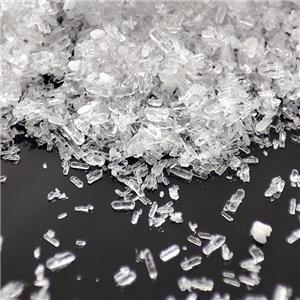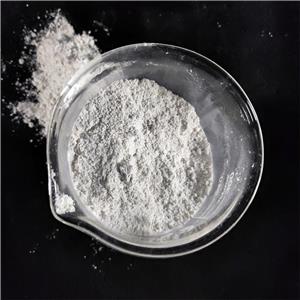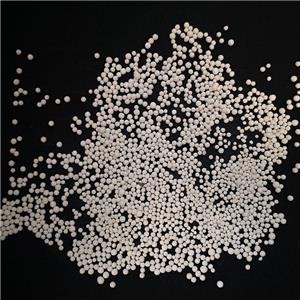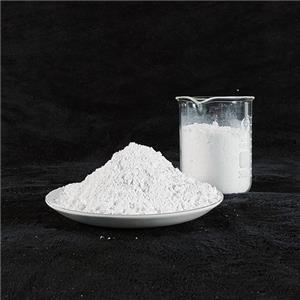What is antimony trioxide used for?
Introduction
Flame Retardant Antimony trioxide powder (Sb₂O₃) is a widely used chemical compound, primarily known for its role as a flame retardant. Flame Retardant Antimony trioxide powder is a white crystalline powder that, while not a flame retardant on its own, significantly enhances the effectiveness of halogenated flame retardants in various materials. This article explores its applications, mechanisms, and importance in fire safety.
How Antimony Trioxide Works as a Flame Retardant
Flame Retardant Antimony trioxide powder acts as a synergist, meaning it boosts the flame-retardant properties of other chemicals, particularly halogenated compounds like chlorinated or brominated flame retardants. The mechanism involves the following steps:
Release of Halogen Radicals – When exposed to heat, halogenated flame retardants release halogen radicals (chlorine or bromine).
Formation of Antimony Halides – Antimony trioxide reacts with these radicals to form antimony halides (SbCl₃ or SbBr₃).
Flame Inhibition – These antimony halides interfere with the combustion process by:
Scavenging free radicals that sustain the fire.
Plastic grade antimony trioxide Forming a protective char layer that insulates the material from heat and oxygen.
Plastic grade antimony trioxide Releasing inert gases that dilute flammable vapors.
This synergistic effect makes Plastic grade antimony trioxide a crucial component in flame-retardant formulations.
Key Applications in Flame Retardancy
Due to its effectiveness, antimony trioxide is widely used in industries where fire resistance is critical:
Plastics and Polymers – Used in PVC, polyolefins, and engineering plastics for electronics, cables, and construction materials.
Textiles and Upholstery – Applied in coatings and backings for carpets, curtains, and furniture to meet fire safety standards.
Rubber Products – Enhances flame resistance in conveyor belts, gaskets, and automotive components.
Electronics and Electrical Equipment – Found in circuit boards, connectors, and insulation to prevent fire hazards.
Advantages:
Highly effective at low concentrations when combined with halogenated flame retardants.
Cost-efficient compared to some alternative flame retardants.
Stable under normal processing conditions.
Conclusion
Antimony trioxide plays a vital role in fire safety by enhancing the flame-retardant properties of halogenated compounds. Its applications span plastics, textiles, electronics, and more, making it indispensable in industries requiring fire-resistant materials. While environmental concerns drive the search for alternatives, its effectiveness ensures continued use in flame-retardant formulations.




